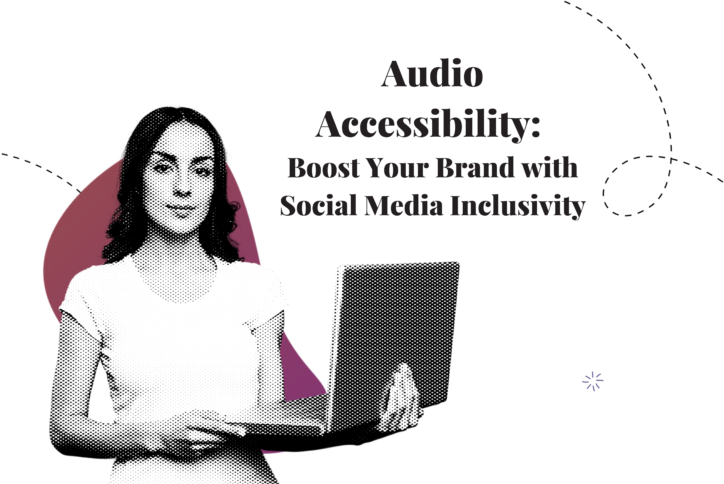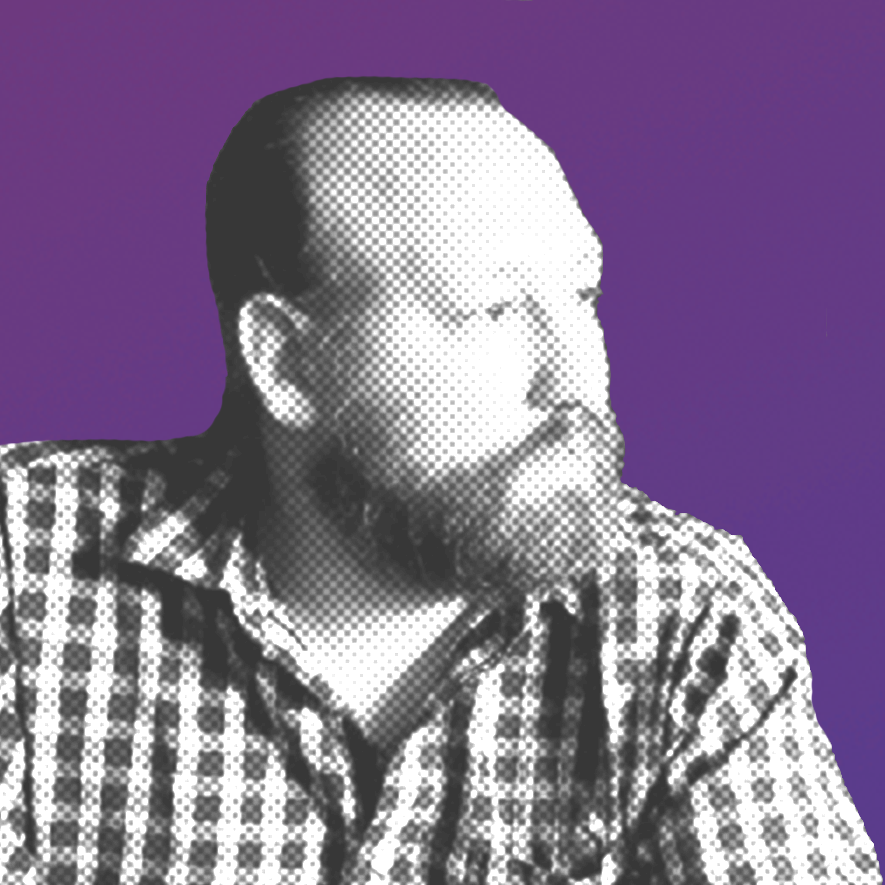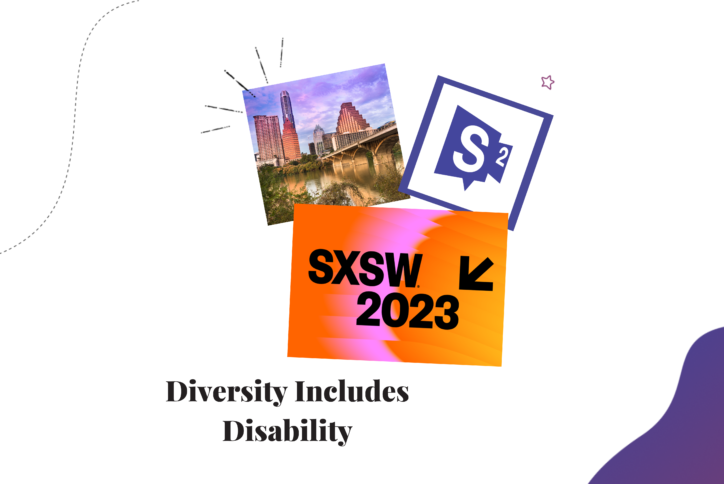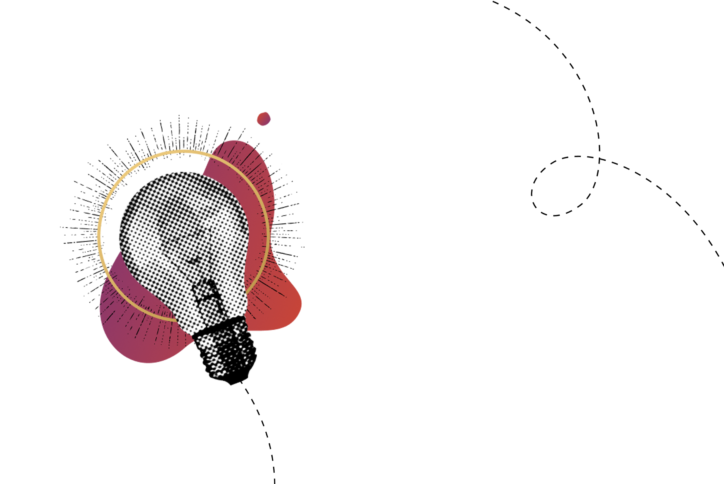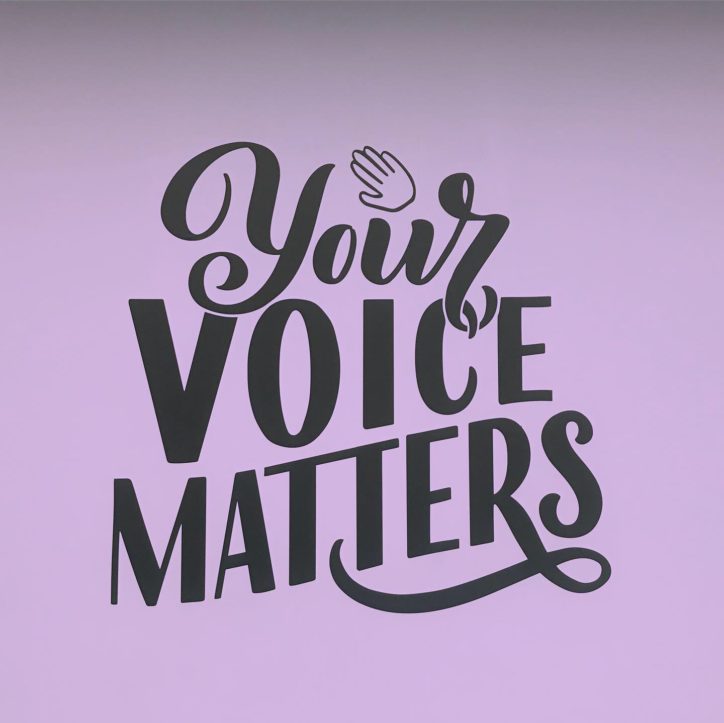
The Transformational Potential of Voice Tech
Voice technology has the potential to transform accessibility by removing barriers and embracing inclusion, showing what’s truly possible with the promise of the democratization of tech for all people. The space is young enough that now is the time to incorporate these into the fabric of the industry, and the seeds being planted now are really encouraging based on the world’s largest voice tech conference: VOICE Summit.
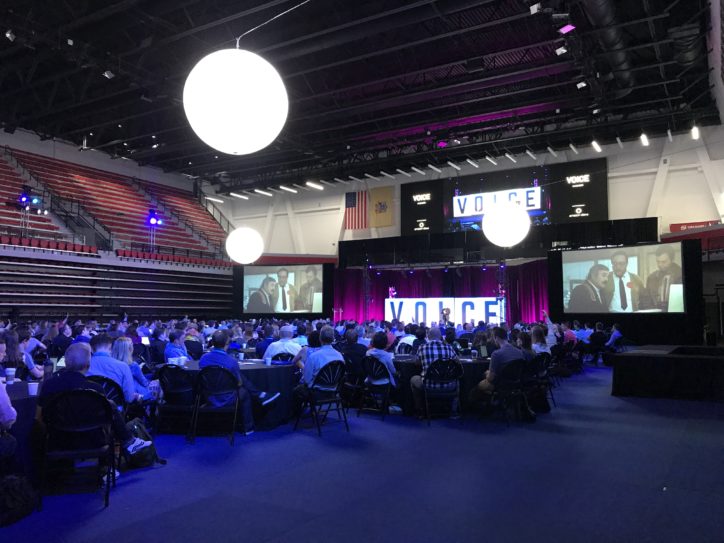
Only in its second year, the world’s top platform providers, brands, agencies, investors, startups and developers descended in Newark, NJ at the New Jersey Institute of Technology on July 22-26, 2019 to explore the cutting edge of the multi-modal engagement era. Sponsored by Amazon Alexa, VOICE Summit draws over 5,000 attendees, has an expo, and includes 17 tracks with keynotes, panels, and workshops. The conference exists because voice is changing the way we use technology and communicate with each other. Siri co-founder and Samsung/Viv Labs VP Adam Cheyer believes that voice will arguably be a new paradigm shift in technology and serve as its new interface.
Seeds of Inclusion in Voice Tech
I was there to learn about the latest in voice tech and to also speak on the panel Re-Think, Re-Envision, Re-Design alongside Domhnaill Hernon, Head of Innovation Incubation & Experiments in Arts and Technology (E.A.T), Nokia Bell Labs, and Dillan DiGiovani, coach, writer and speaker on identity, resilience, and integrity. Our panel aimed to inform and inspire attendees to re-think, re-envision, and re-design a culture that produces inclusive innovation and radically inclusive voice design.
We weren’t the only ones speaking to this, and overall, I was really impressed with VOICE Summit and their inclusion efforts. They brought in the deaf and blind communities to make sure that their voices are heard and included in the conversation. All of the big keynotes from Amazon Alexa, Samsung, and Microsoft touched on the importance of inclusion, too. Plus, there were multiple other sessions dedicated to the topic: Accessibility on a College Campus in the VoiceFirst Era, National Federation of the Blind Executive Briefing, Algorithmic bias in voice-activated technology, The Democratization of Voice, Learn About a Voice-Enabled Fashion Skill, Removing Barriers to Accessibility Through Voice, Addressing Bias in Artificial Intelligence & Voice Assistants, What If You Don’t Have a Voice 2.0?, Voice for Impact | Ava’s Journey to Empower 450M Deaf/Hard-of-Hearing People in Everyday Lives, What is inclusive voice design?, and Closing Keynote: Thomas Chappell of Prudential Financial – A journey through a deaf developer’s eyes.
Some of these were recorded and are available on VOICE’s YouTube channel. Here are the slides from our presentation – keep reading for the keys takeaways summarized.
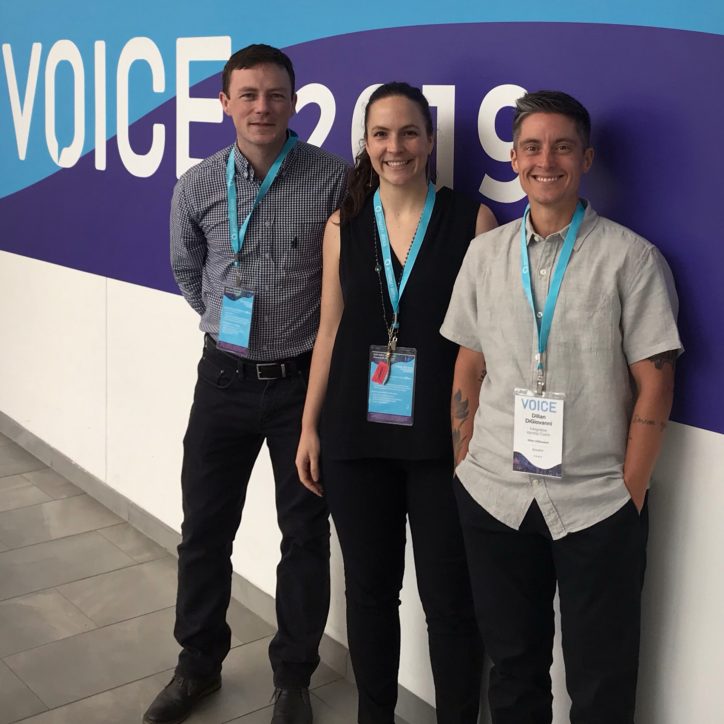
Bridging the Gap of Intent with Impact
Towards the beginning of the panel, we asked the attendees to raise their hands if inclusion was important to them. All hands went up. When we asked the follow-up question if they had inclusion built into their strategy or process for their voice tech product/design/company, all hands went down. And that’s okay. That’s why conversations at VOICE Summit are so important – to help bridge the gap of intent with execution and positive impact.
Re-Think Voice
Recognize and Use Your Voice
Recognize and utilize your own voice as an individual and how you can impact the process of how voice tech is created. Bring your ideas and questions about inclusion to your company and the bigger companies that are all looking for developers to build on their platforms and use their technology in their products (ahem…Alexa, Microsoft, and Samsung, for example). You can make an impact, and you never know what the ripple effects will lead to.
Identity Privilege(s) + Disadvantage(s)
Everyone has both identity privileges and disadvantages. Reflect on and understand yours. There are ways that you move through the world with more ease, and then identify ways that you feel the world doesn’t really work for you, you feel stopped or thwarted, or frustrated.
Blind Spots – Who isn’t included (process & product)?
Consider and expose innovation blind spots based on implicit bias. Know what you don’t know: What are your personal and professional blind spots? Who are you unconsciously leaving out in your design process and implementation? Who has a need you don’t know about?
Assumptions
Avoid all assumptions about people and be intentional with words and actions. A lot of voice products touch on customer service. To provide impeccable customer service and internal culture with inclusivity best practices, be intentional with language. For example, replace “Sir/Ma’am” greetings with “what can I get for YOU?”
Re-Envision Voice
Get Clear + Imagine
What does a truly inclusive future look like? Get really clear on this vision, imagine it, and then commit to implementing new practices to build more inclusive, company culture and innovative products and services.
Disability is part of diversity
Accessibility should be standard – not an afterthought. Mark Greenfield, web accessibility expert, suggests to think about three personas for each group of disability – visual, auditory, physical, cognitive, and speech – and think about those issues with your site, product, or service and then prioritize them for your roadmap.
Identify
Identify successes and failures present in the industry (e.g. alt images/alt text, captioned videos, face recognition software etc.). Build on the successes and learn from the failures to avoid making the same mistakes.
Build inclusion into the fabric of your business – it’s good for business
Diversity of voices and staff reflect good voice tech and growing bottom lines. Hire and work with people/vendors/partners who are different than you.
Be curious and question everything
Get curious about yourself and others in and out of your world. Question everything, including the leaders in the voice tech space. Are the algorithms and solutions that they’re building so you can launch your product easily built with inclusion in mind? Or what biases are being compounded and scaled with their releases? All of the big tech companies there were recruiting developers and engineers to use their solutions. Your feedback and voice is important…and they’re listening!
Re-Design Voice
Consider what innovation is (and is not)
Innovation is more than just the next iteration of a product or type of technology that exists, but is actually inventive, unique, and never before seen. And it must be impactful and better humanity.
Innovation, creativity, and design thinking are overused and not well understood buzzwords
We are diluting the ability of technology to transform humanity. When everything is innovation, nothing is.
The future of true innovation is at the intersection of diverse disciplines and perspectives
Embrace your opposite and question continuously the MALE, PALE, and STALE paradigm.
Taking Steps Towards a More Inclusive World
We challenged the room at VOICE Summit to not let fear hold them back from embracing inclusion. Stepping outside of our comfort zones can be scary and the conversations around inclusion are evolving and complex, because, well, humans are complex. But we all need to be part of the conversations – whether about gender, race, ability, and the list goes on and on. We may unintentionally step on someone’s toes in the rich tapestry of society which we live in, and that’s okay – don’t let it hold you back from participating in the conversations.
The last question we asked and what I will leave you with is: What is one step or action item that you will commit to and work on to make your voice tech company or product more inclusive?

